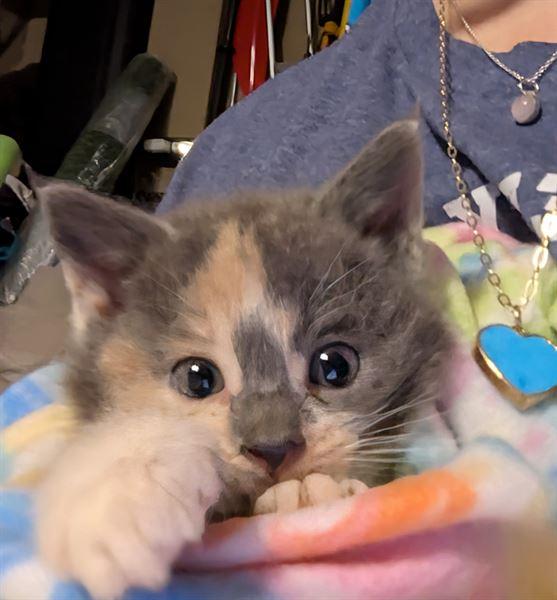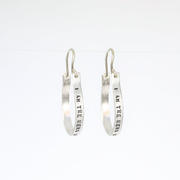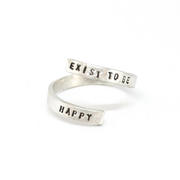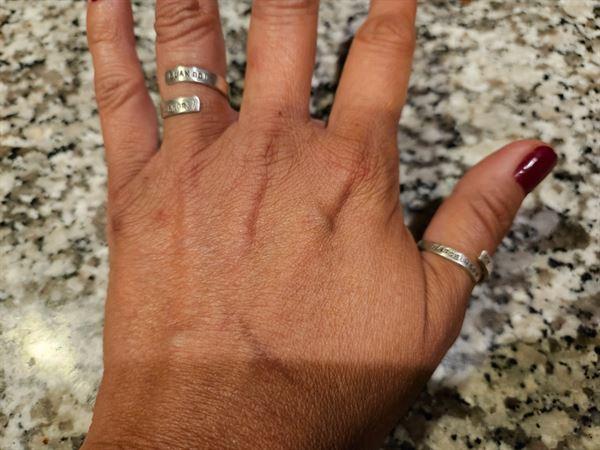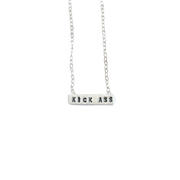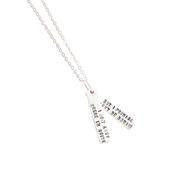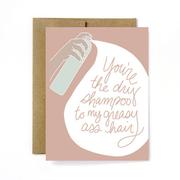
The Thing With Feathers: Emily Dickinson
Emily Dickinson, born on December 10, 1830, may have been better known as a gardener during her life than as a poet. Only ten of her more than 1,800 poems were published during her lifetime; one letter was published as well. Even the poems that were published were rarely printed in their original form; they were edited to fit the poetic conventions of the time. Dickinson’s poems were strange for the time; they frequently lacked titles, used slant rhyme rather than true rhyme, and did not follow the rules of punctuation and capitalization. These “mistakes” were edited out, and we wouldn’t get to see Dickinson’s poems in their original form until after her death.
As a girl, Dickinson was regarded as well-behaved. She was skilled at playing the piano. Though she describes her father in warm terms, letters imply that her mother may have been cold and aloof.
When Emily was 10 years old, she and her sister Lavinia started at Amherst Academy. This was formerly a boys’ school, and had opened up to girls just two years prior.
Even at a young age, Emily was troubled by death. She seemed to have both a fascination and a horror of it. When her friend Sophia grew ill and died from Typhus when Emily was 14 years old, she later wrote:
“It seemed to me I should die too if I could not be permitted to watch over her or even look at her face.”
At age 18, Dickinson was introduced to the works of William Wordsworth, Ralph Waldo Emerson, and Henry Wadsworth Longfellow. She was familiar with the bible, having experienced a brief religious fervor, and also with contemporary literature. All of these things would influence her writing.
When Dickinson was in her 20s, her mother became effectively bedridden with chronic illness, and was ill to the point that one of the daughters needed to be with her at all times. Emily took on this role. She found peace in her books and in nature, and withdrew more and more from the outside world. This coincided with one of her most productive writing periods. During this time, Dickinson revived old poems she had written and made clean copies of them, assembling them into manuscript books. She created some 40 of these, holding nearly 800 poems among them.
By her early 30s, she had withdrawn from social life. She did have an eye condition that caused an ophthalmologist to order her to stay away from all bright light and to write only in pencil. Dickinson feared blindness, so she took these orders to heart. There’s also speculation that she suffered from additional problems, and some have proposed illnesses as varied as agoraphobia and epilepsy as reasons for her withdrawal. Dickinson described herself during this time:
“I am small, like the wren, and my hair is bold, like the chestnut bur, and my eyes like the sherry in the glass that the guest leaves.”
This withdrawal continued to escalate, and Dickinson stopped leaving home unless absolutely necessary. In her 40s, she started only seeing guests from the other side of a door, rather than speaking to them face-to-face. She began to dress almost entirely in white. Most of her social life was restricted to written letters, and some of the people that she corresponded with never actually saw her in person.
Dickinson had studied botany starting at age 9, and had collected an herbarium that contained more than 400 pressed specimens of plants and flowers. The Harvard Library has a digitized version of the herbarium. She continued this love of flowers and maintained a beautiful garden at the homestead, and loved cultivating exotic perfumed flowers particularly. She left no plant list, but there are efforts underway to restore her garden based on the writings of others. For example, Dickinson’s niece remembered the garden thus:
"carpets of lily-of-the-valley and pansies, platoons of sweetpeas, hyacinths, enough in May to give all the bees of summer dyspepsia. There were ribbons of peony hedges and drifts of daffodils in season, marigolds to distraction—a butterfly utopia."

Dickinson, in her letters, described her view of poetry:
“If I read a book and it makes my whole body so cold no fire can warm me, I know that is poetry. If I feel physically as if the top of my head were taken off, I know that is poetry. These are the only ways I know it. Is there any other way?”
Later in life, Dickinson continued to write, but abandoned efforts to edit and organize her vast collection of poems. She made her sister Lavinia promise to burn her papers on her death, a promise that was thankfully not kept.
Dickinson died at 55 years old of what her physician called “Bright’s Disease,” known by modern medicine to be acute or chronic nephritis, or disease of the kidneys.
After Dickinson’s death, Lavinia found a trove of nearly 1,800 poems among her sister’s papers. She became obsessed with seeing them published. Dickinson’s first collection of poems was published four years after her death. From 1914 to 1915, nearly a dozen editions of Dickinson’s poetry were published. In 1955, three volumes of her work were published by Thomas H Johnson, with the goal of presenting her poetry as it was on the original page for the first time. Johnson later published a set of three volumes of her letters as well. Johnson, as he curated her work, estimated that she wrote 35 poems in 1860, 86 in 1861, 366 in 1862, 141 in 1863, and 174 in 1864. It was during these years that her themes and voice solidified. Her work has remained continuously in print since 1890, for over 130 years.
Dickinson’s work received the attention that it deserved. Her work is taught in literature classes in American middle schools, high schools, and universities. Because of her disregard for the poetic conventions of her time, she has become recognized as one of the earliest modernist poets. In 1994, she was listed as one of the 26 central writers of Western Civilization.
Themes of her poetry include nature and flowers particularly, and in her writing flowers are often presented as emblems for actions or emotions. She also discussed death and mortality extensively in her work, both explicitly as in “Because I could not stop for Death,” and implicitly. She wrote poems that discussed the gospel of Jesus Christ, and also wrote regarding an “Undiscovered Continent,” which seemed to be an imagined realm in which the self took the form of a landscape. Dickinson decorated the Undiscovered Continent with both lush garden landscapes and with castles, indicating that in herself she found both a refuge and a prison.
Celebrate one of America’s most innovative poets with our wrap ring and necklace that bear the quote “I Dwell in Possibilities,” or our bangle bracelet and necklace that bear lines from the poem “hope is the thing with feathers.” These pieces are handcrafted by artisan Christine Street in reclaimed silver.



